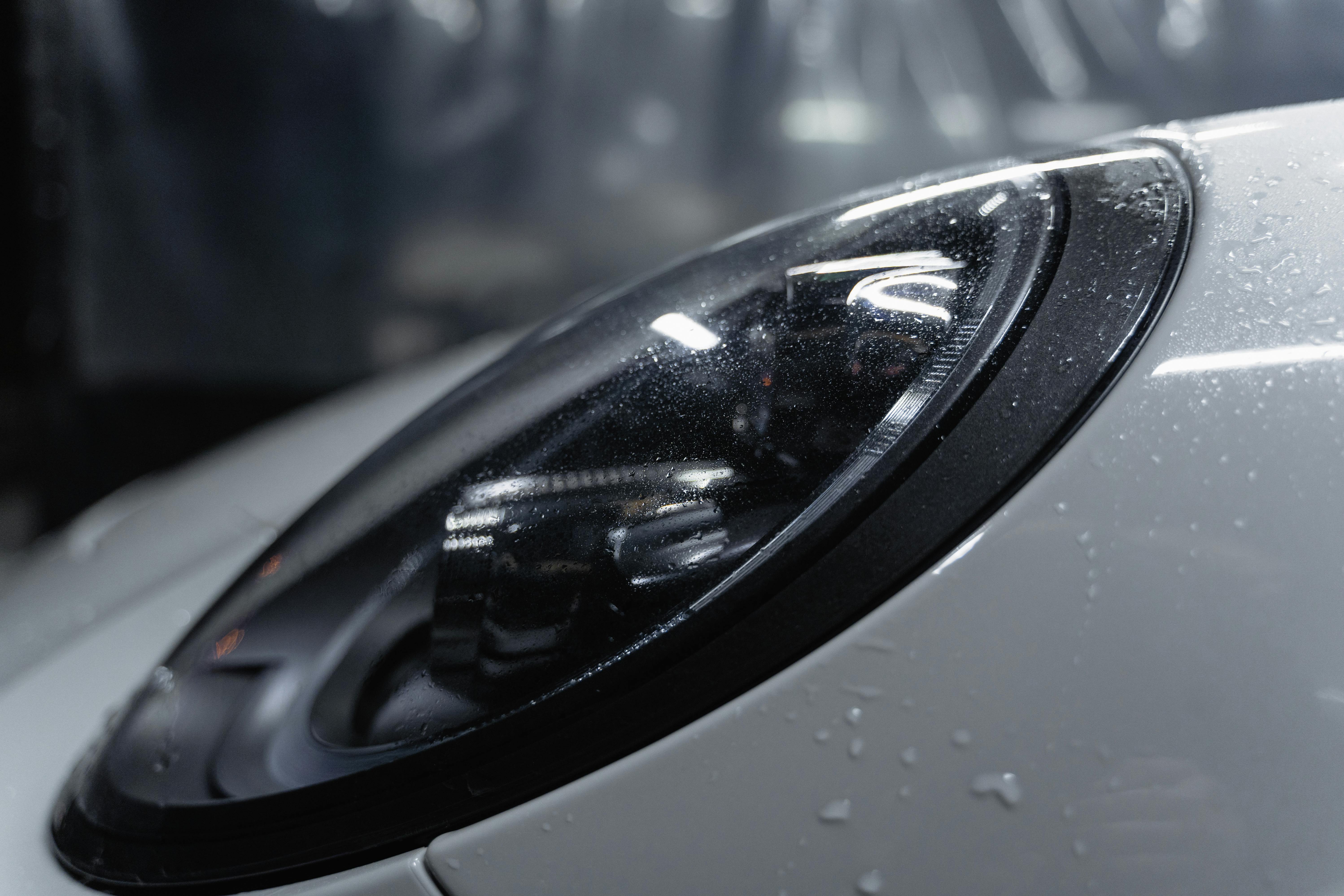Snake bite is a common emergency seen in almost all parts of India and in rural areas of West and Central Africa. Most bites occur in people while performing agricultural operations or while walking in the dark. Snakes are most often found around dwellings, embankments, cultivated fields, and shrubs and tend to frequent places where they get their prey, rodents, and frogs. Most bites occur in rural areas, although they also occur in cities. Around 15 to 29 thousand deaths occur in India annually from snake bites. Most venomous bites (8%) are caused by vipers Vipera russelli and Echis Carinatus), cobras (Naja naja) cause 10% and kratis (Bungarus caerulus) 4%. On rare occasions, sea snake poisoning has been found (1%). Most bites are inflicted by non-poisonous snakes. The incidence of snake bites varies with the season in different regions.
Identification of poisonous snakes
1. They have large ventral scales that cover the entire ventral aspect.
2. The mouth contains only one pair of poisonous upper jaw fangs placed anteriorly (krait and Cobra) or posteriorly (Viper).
3. The presence of small teeth is characteristic of non-venomous snakes.
Snake
The head is triangular with a narrow neck. The scales on the body and neck are small and uniform in size. Vipera russelli it is larger, often growing up to a meter in length and showing three rows of oval rings on the body, along its entire length.
Echis carinatus it has overlapping saw-shaped scales covering its body and a wide arrow mark on its head and two rows of wavy bands running lengthwise. Pit vipers belonging to the Crotalidae family are less common in India. They show a depression between the nose and the eye, the loreal pit. Vipers have larger fangs that are tunnelled and the bite marks are more prominent. Often times the snake hangs on the limb and has to be angled with violent movements.
Cobra
The cobra has an expandable neck and the head shows a single (single cell) or double (binocelated) dark ring on the back. The third suprelabial shield touches the eye and the nostril. When provoked, the head and neck lift up to form the hood. The fangs are small and ribbed anteriorly. On rare occasions, king cobras (Naja hanna or Hand-yard) can be seen in thick forests, but bites from these deadly snakes are very rare. They grow to large sizes (often 3 to 4 meters0 and, unlike the cobra, they do not have a hood).
Krait
Kraits show white bands on the body: those on the back are more defined. The dorsal scales of the body are hexagonal. The head and sides of the lower jaw are covered with large shields, the fourth shield of the lower jaw being the largest.
Sea snakes
Sea snakes are found in good numbers in the coastal waters of India. They show flattened and laterally compressed tails. Snakes bite when trampled without realizing it. On rare occasions, cobras may attack, but they usually do so during mating season.
